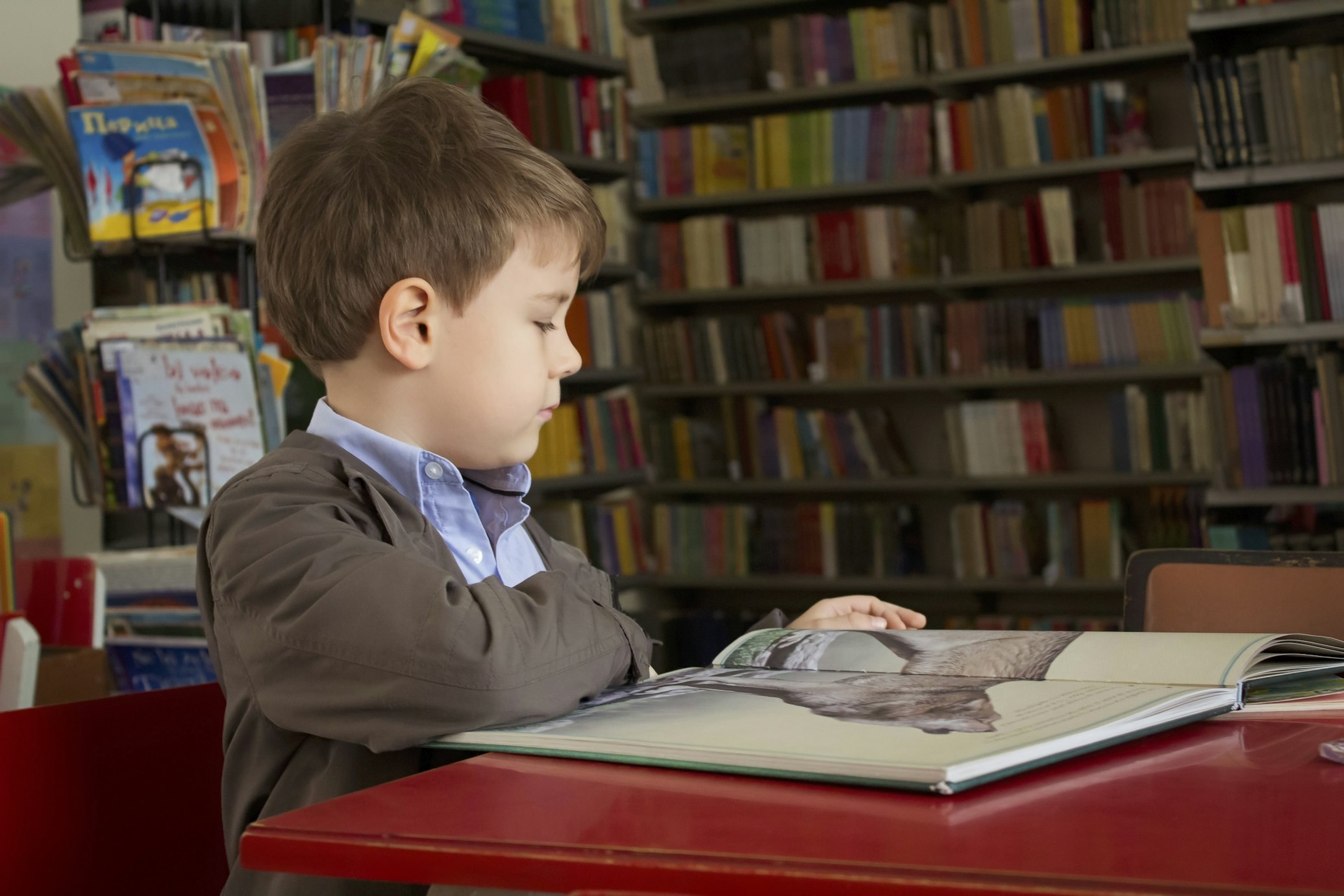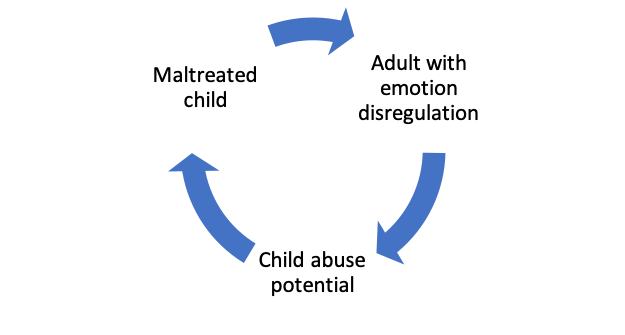Child Maltreatment: An Intergenerational Occurrence

Research has found that child maltreatment can be the result of an intergenerational transmission
How often have you heard of perpetrators who were abused in their childhood? What about children who were maltreated and ended up maltreating their own children?
In psychology, this phenomenon can be explained by intergenerational continuity. Intergenerational continuity refers to any change that occurs between one generation to the other. It is a social learning process in which parents adopt parenting behaviors that are shaped and based on their own experiences as children. Examples of intergenerational continuity include transmission of parenting styles, norms, values or even behaviors.
Child maltreatment includes any physical, sexual or emotional maltreatment, as well as neglect and/or exposure to domestic violence. There is evidence to support the idea that child maltreatment involves intergenerational continuity. In more simple terms, children who were abused tend to have abused children of their own, without necessarily the parents being the perpetrator (Berlin et al., 2011). These findings show that intergenerational continuity involves a process that is sometimes unconscious.
When it comes to child maltreatment and intergenerational continuity, studies reveal a prevalence that ranges between 7% to 88%, with much variability between generations in terms of type and frequency of child maltreatment. In other words, although there seems to be an intergenerational transmission of child maltreatment, parents and their children who both experience child maltreatment do not necessarily experience it in the same manner; neither in terms of the nature of the maltreatment, nor in terms of other characteristics. Indeed, intergenerational continuity does not consist of a mere replication, but rather refers to a transmission that is achieved through learning.
Throughout the years, researchers have attempted to understand and pinpoint the features involved in intergenerational continuity; such as parents’ personal characteristics and psychological functioning, in order to understand what makes certain families repeat maladaptive behaviors across generations.
In 2021, Langevin and her colleagues were interested in studying the role of maternal emotional dysregulation and mother-child attachment in the intergenerational continuity of specific types of child maltreatment as well as cumulative child maltreatment. They were interested in these two components since studies have consistently shown that child maltreatment is associated in greater emotional dysregulation, with some types of maltreatment such as emotional and sexual maltreatment causing more damage and greater emotional dysregulation than others such as verbal or physical maltreatment (Oshri et al., 2015). While child maltreatment can foster emotional dysregulation, emotional dysregulation can, in its turn, negatively impact the mother-child relationship, leading to a greater child abuse potential. Emotion regulation is also a key component of a secure attachment, which makes emotional dysregulation associated with non-secure attachment patterns.

The study took place in Canada. Researchers recruited a sample of 186 mother-young adult dyads, as in mothers and their children aged between 18 and 25 years old. Participants were asked to fill an online survey addressing child maltreatment, maternal emotional dysregulation, and mother-child attachment.
According to the results, there was a direct effect between a history of physical neglect and emotional dysregulation in mothers and lower attachment. Results also reveal a strong intergenerational continuity of child maltreatment, with specific types of child maltreatment experienced by mothers associated with specific types of maltreatment often experienced by their children. For instance, mothers with a history of physical and sexual abuse as well as exposure to domestic violence were likely to have children who experienced physical abuse. Mothers with a history of sexual abuse had children who also experienced sexual abuse. Mothers who experienced both sexual abuse and physical neglect had children who experienced exposure to domestic violence. Finally, mothers with a history of sexual abuse and physical neglect had children who experienced physical neglect as well.
Further analyses showed that mothers who had a history of neglect or physical abuse experienced emotional dysregulation, which led to an insecure mother-child attachment. Lower attachment was, in its turn, associated with a higher probability of physical abuse, emotional maltreatment and physical neglect in the second generation . Moreover, mothers who experienced cumulative child maltreatment were likely to have children who experienced cumulative child maltreatment as well.
In conclusion, this phenomenon sheds light on the idea that child maltreatment can have lasting impacts than can be indirectly and unconsciously transmitted from one generation to the other. While studies have yet to confirm these results in a sample of father-child dyads, both parents are urged to seek resources and therapeutic care to overcome their childhood traumas and to avoid – unintentionally – transferring this experience across generations.
Instead of an intergenerational transmission of trauma, how about an intergenerational transmission of growth ?
References
Bowlby, J. (1982). Attachment and loss: Attachment. New York, NY: Basic Books. (Original work published 1969).
Langevin, R., Gegné, M.-E., Bassard, A., & Fernet, M. (2022). Intergenerational Continuity of Child Maltreatment: The Role of Maternal Emotional Dysregulation and Mother-Child Attachment. Psychology of Violence. http://dx.doi.org/10.1037/vio0000409